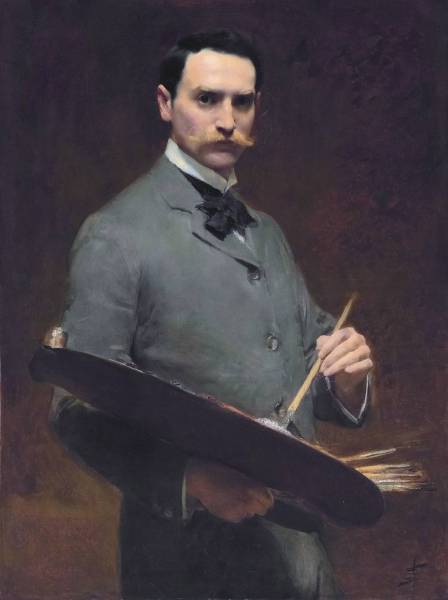 “Self-Portrait” – 1896
“Self-Portrait” – 1896
Today I’d like to take a moment to admire the work of the British painter Solomon Joseph Solomon. His work has a soft, ethereal quality, while being grounded in strong design.
 “An Allegory” – 1904
“An Allegory” – 1904
Solomon has a strong grasp on the play between light and shadow. His paintings are high contrast and immediately legible, but when you get up close, you can see the softness of his values and the subtlety of the faces.

“The Awakening” – 1891
I love the contrast of hard and soft edges in this piece. His right arm (left arm on the canvas to the viewer) is a lovely example of this: his forearm almost disappears into the feathery background, when the wrist suddenly creates a sharp, high-contrast edge. He also manages to make a portrait while lit from underneath still look beautiful and non-threatening; quite a trick with that kind of directional lighting pattern.
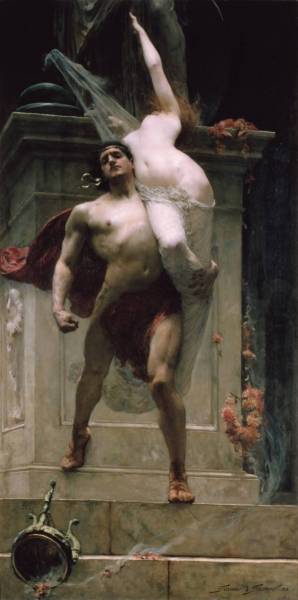 “Ajax and Cassandra” – 1886
“Ajax and Cassandra” – 1886
One of my favorite paintings of all time. This is a wonderful example of chiaroscuro and storytelling. The gesture of the figures, playing against the diagonal leading lines, creates a captivating image.
 “St. George” – 1906
“St. George” – 1906
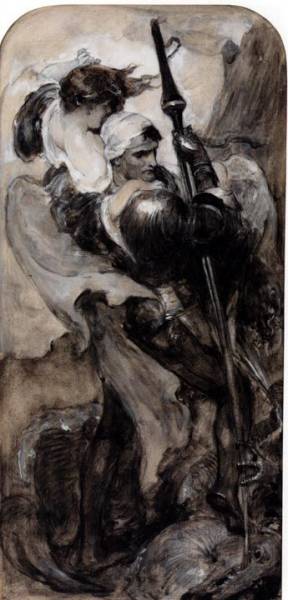 Study for St. George, 1906
Study for St. George, 1906
We get to see a study of his painting for St. George. He first paints with a black and white layer, which makes it clear that contrast is an important component of his work, though we don’t necessarily need studies to tell us that. The work itself makes this evident.
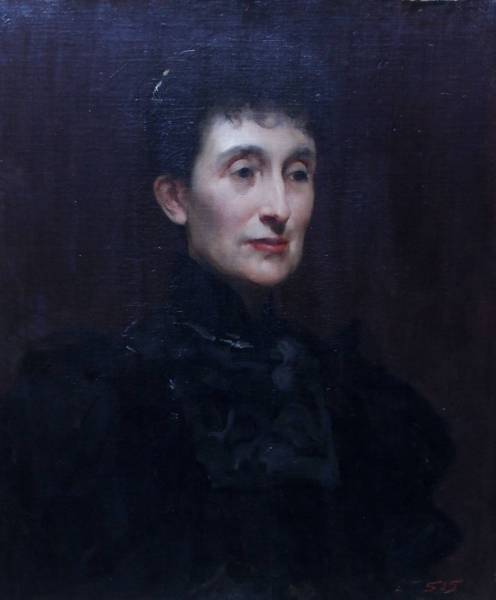 “Emily Wynn Nee Gor Booth” – c. 1905
“Emily Wynn Nee Gor Booth” – c. 1905
Solomon also did many portraits in his lifetime. So often, in his work, he has a small focal point of light, in a sea of a dark background. I love how dark this portrait is, and how her skin has a pale, almost-transparent quality.
 ”Ramsay MacDonald” – 1911
”Ramsay MacDonald” – 1911
This is a great example of why structure and drawing skills are so important. Our eyes dance back and forth between the two focal points: the most important focal point being the head and necktie, the secondary focal point being the hands. But even amid the soft, dark background, the structure of the suit and figure are still there. That part has to be legible in order for the anatomy to make sense, and even though it’s almost an abstract shape at this point, it still works.
 “Portrait of Henrietta Lowy Solomon, The Artists Sister”
“Portrait of Henrietta Lowy Solomon, The Artists Sister”
The softness Solomon could achieve in his paintings is incredible. This painting is mostly soft edges with a few accent hard edges. As a result, the painting looks lifelike, not photorealistic, but lifelike. This is also an example of how painting hair soft works so well.
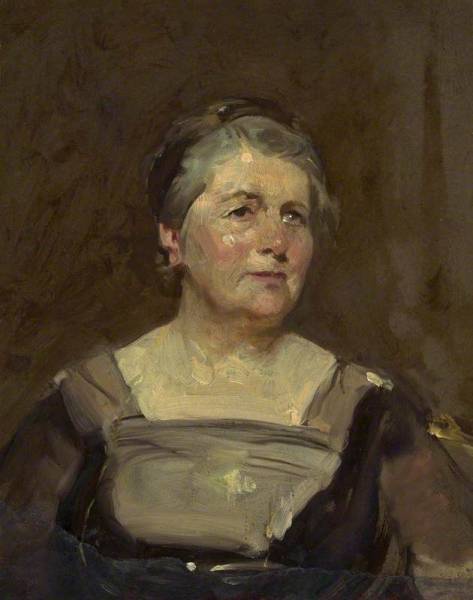 “Sybil Margaret Thomas, Viscountess Rhondda” – Early 20th C
“Sybil Margaret Thomas, Viscountess Rhondda” – Early 20th C
This painting is a great example of how versatile Solomon was. He could render a painting to a point where it looked like realism, but he could also use large brush strokes to create a lovely impression of a person.
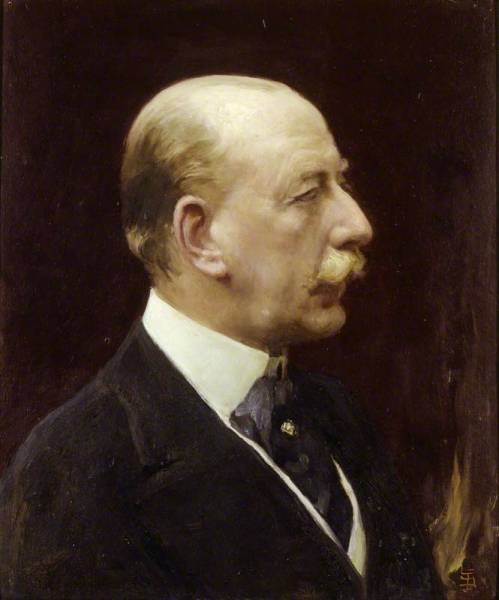 “Lewis Harcourt, 1st Viscount Harcourt” – 1922-1923
“Lewis Harcourt, 1st Viscount Harcourt” – 1922-1923
In this portrait, the silhouette stands out strong amid all the black. He, again, uses soft edges and hard edges to paint the figure.
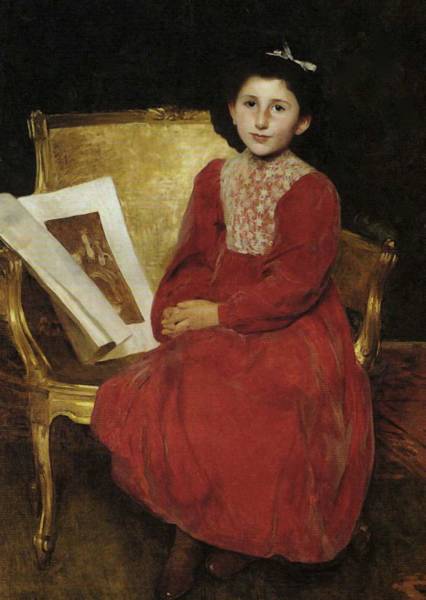 “Grace Stettauer” – 1900
“Grace Stettauer” – 1900
I’m not exactly sure why, but this one really stood out to me. I think it’s a combination of the play between all the shapes, the use of negative space, and the striking composition.
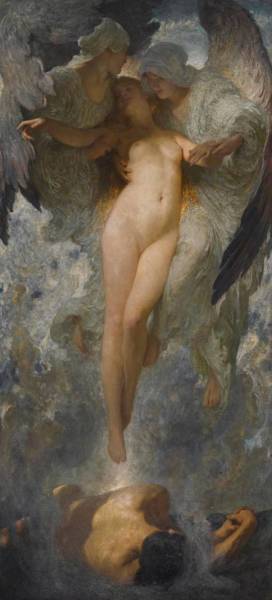 “Eve”
“Eve”
Another lovely example of gesture and flow. His work is absolutely saturated in gesture. Every leading line flows around the canvas; it makes you want to linger as you find more and more discoveries the longer you look. I love how the figures weave together to create a unified gesture.
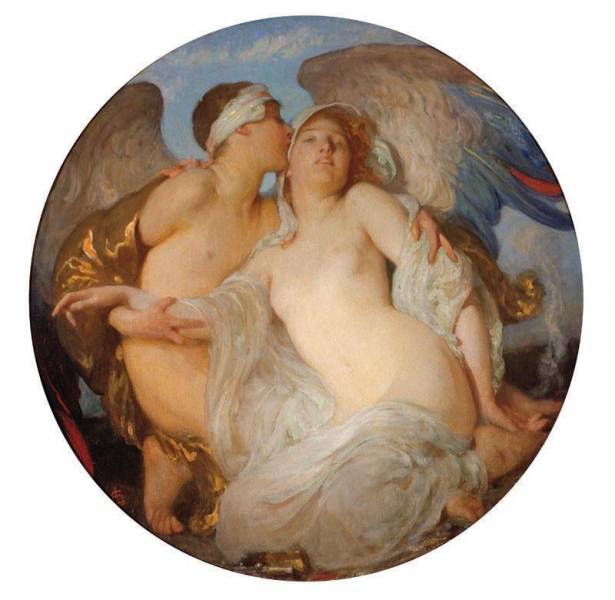 “Eros”
“Eros”
Solomon has a dramatic and beautiful way of incorporating multiple figures. If you let your eyes follow the flowing lines around the image, it’s really remarkable how he was able to use gesture to create such organic compositions.
I hope you had as much fun as I did learning more about Solomon Joseph Solomon’s work. I wish I could have included all of his paintings, look him up and see more of his work when you have some time; you won’t regret it!
Thanks for reading!
– Miranda


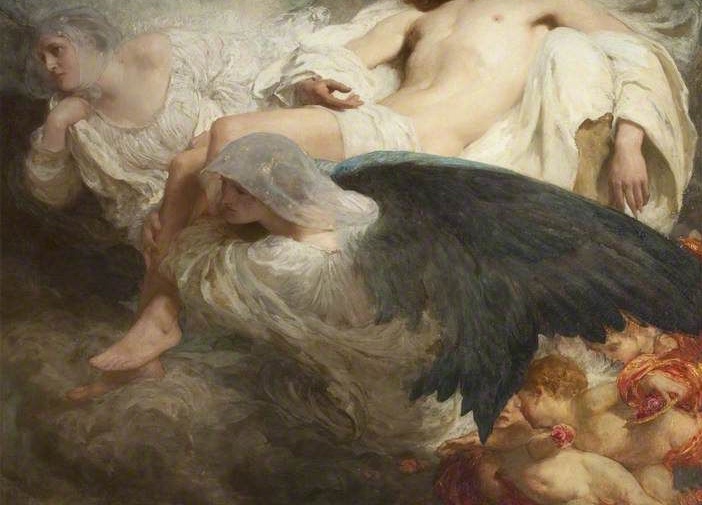



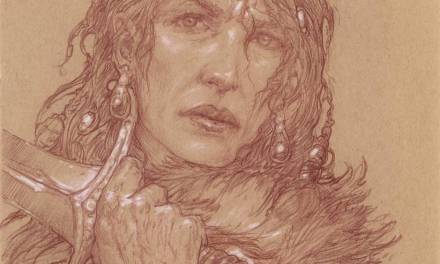
He’s one of all-time favorite painters. I even have his very old book about how to paint, a really inspiring piece, and he places a lot of importance in drawing, as you said. It’s funny how he thought about using opaque paint to paint, he kind of hated it. Probably he wouldn’t if he saw the marvels of our time.
Lovely post,
Thanks Miranda!
thx